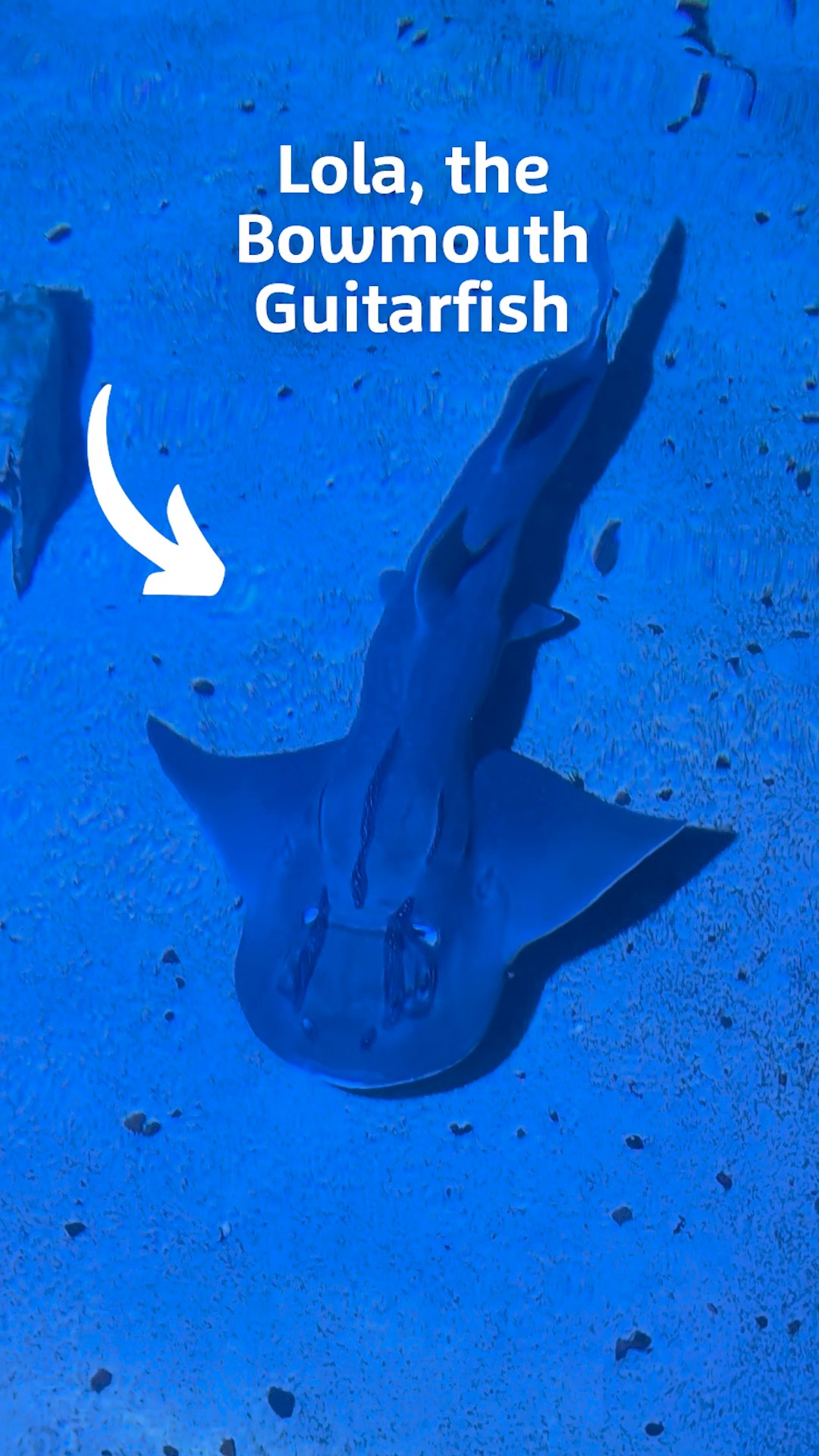- Introduction to animal care and training in aquariums
- The importance of target training for veterinary procedures
- Understanding the role of regular check-ups in marine life health
- Insights into the operations of SEA LIFE aquariums
- The broader impact of aquarium care on wildlife conservation efforts
Marine life care in aquariums is a complex but rewarding endeavor. Ensuring the health and happiness of aquatic creatures begins with essential practices like target training, a vital technique used by aquarists. This method not only facilitates smooth interactions with animals but also plays a significant role in their overall well-being.
Target training involves training animals to respond to specific cues or targets. In the case of Lola, the subject of our discussion, this technique is essential for preparing her for an ultrasound. Utilizing positive reinforcement through tasty snacks, aquarists help Lola associate the process with positive experiences rather than stress or fear. This preparation allows for a seamless transition when moving Lola to the medical pool, ensuring she remains calm.
The benefits of target training extend beyond merely guiding animals. It enhances their comfort during veterinary procedures, which are crucial for monitoring health. Regular check-ups are indispensable in detecting health issues early, allowing for timely interventions that keep animals happy and healthy. Target training ensures that these necessary procedures occur with minimal stress, safeguarding both physical health and emotional well-being.
SEA LIFE aquariums, like the one in Minnesota, are exemplary in their commitment to animal care. Visitors often marvel at the innovative techniques employed to enhance animal welfare. The care provided in these aquariums is not just about immediate well-being but also contributes to long-term wildlife conservation goals. By maintaining optimal health in captive marine animals, aquariums participate in broader conservation initiatives, creating a sanctuary where animals thrive.
Furthermore, aquariums serve as educational platforms, enlightening the public about marine life and conservation efforts. By witnessing the meticulous care practices, visitors gain insights into the challenges and responsibilities of maintaining marine biodiversity. This educational aspect fosters a sense of stewardship among visitors, encouraging them to support conservation efforts.
In conclusion, the practices discussed highlight the essential role of training and care in aquariums. From preparing for medical procedures to contributing to conservation, these efforts are pivotal. As aquariums continue to innovate, the health and happiness of marine life remain at the forefront, supported by dedicated aquarists who work tirelessly to make a difference.
*****
Source Description
Meet Lola! 💙 Our aquarists use target training (with tasty snacks, of course! 😋) to help her get comfortable before smoothly moving her to the med pool for an ultrasound. Why? Regular check-ups keep her happy and healthy!
🔗 in bio to plan your next visit to your local SEA LIFE.
📍 SEA LIFE Minnesota


